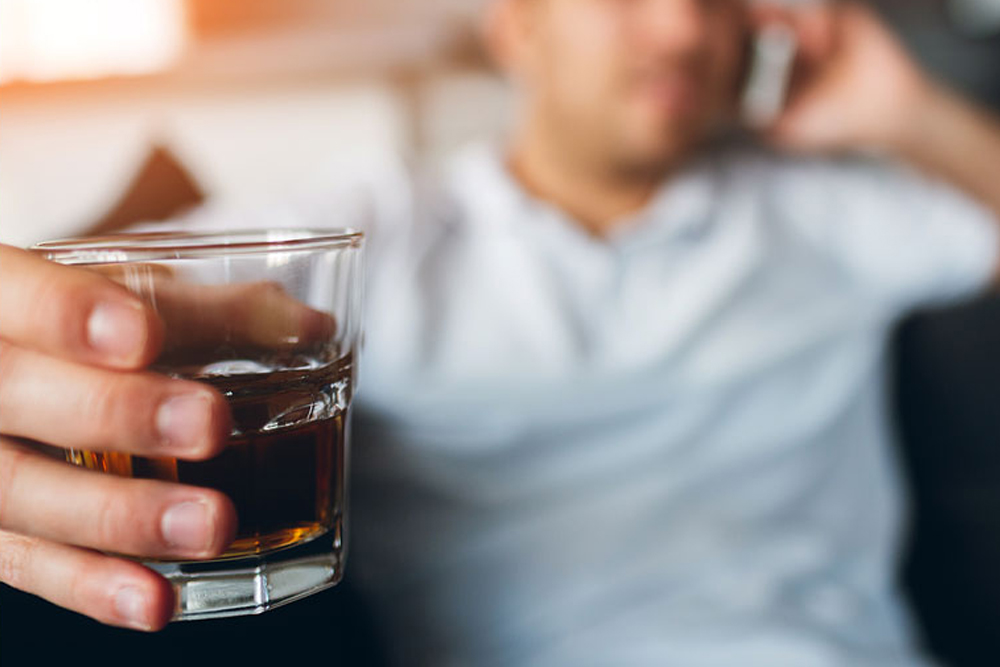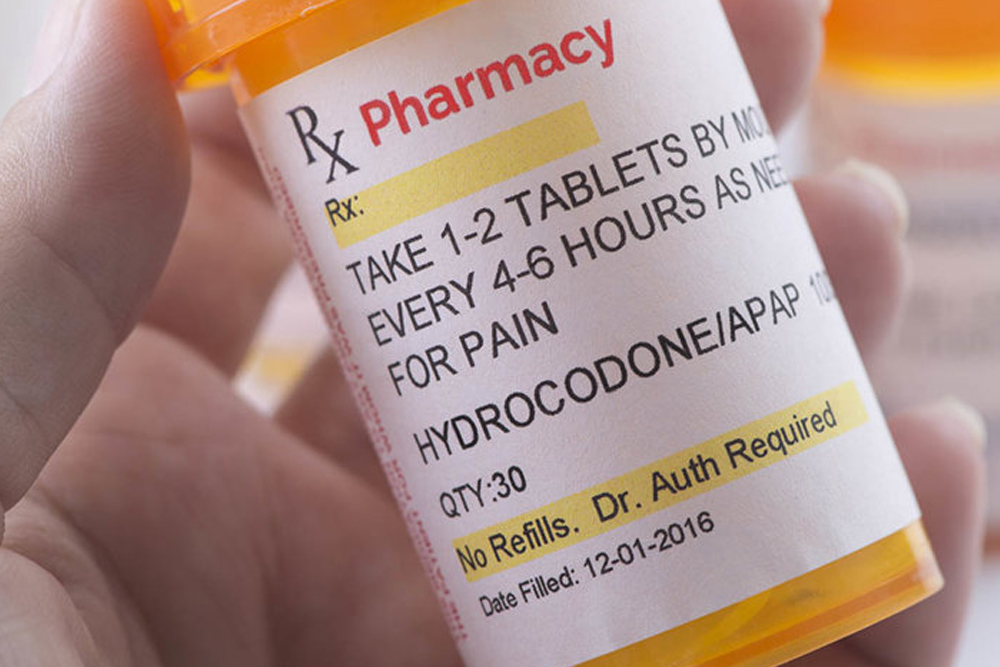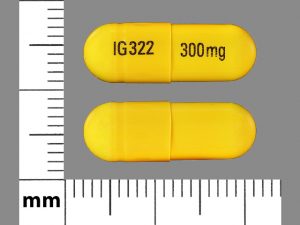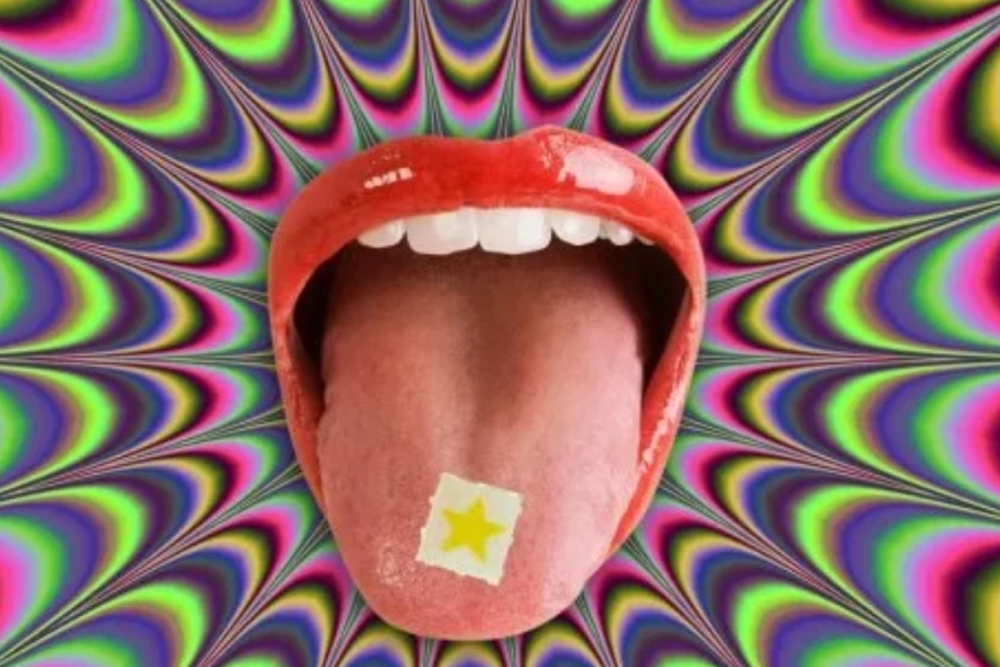Drinking one or two glasses of wine or beer can somehow give you that relaxing effect you need for a tiring day at the office. These are the notable short-term impacts of alcohol, yet if you continue to uncontrollably consume it, then you’re at risk of its long-term adverse effects.
This depressant is known to impact your mental health where it is frequently associated with depression and memory loss. Before you drown yourself in alcohol, think twice about the detrimental effects it can bring to your brain and body.
Can Alcohol Lead To Mental Health Problems?
When you heavily drink alcohol, it has a strong tendency to disrupt your brain chemicals, thereby, leading to signs of psychiatric disorders. This substance is known to alter mood and behavior, and one evidence is alcohol-induced depression. Therefore, it’s no longer surprising to see patients with alcoholism also diagnosed with mental disorders.
If a person has acute intoxication with alcohol, he will feel its euphoric effect. However, if he heavily drinks, that intensely changes his mood making him feel more irritable and nervous. Also, this substance has the property to inhibit sound judgment, which pushes someone to be more aggressive and unreasonable.
How To Determine Brain Damage Due To Alcohol?
If you have low alcohol tolerance, then you can quickly see its adverse brain effects after one to three drinks. Some of these noticeable signs are slurred speech, slow body coordination, memory loss, and slower responses to stimuli.
Long-term side effects are more evident for people who excessively drink for a longer time. This worsens when that person takes in huge volumes of alcohol. Here are some of the serious brain damages brought about by alcoholism:
Blackouts and Memory Loss
 When you consume drinks quickly or on an empty stomach, you are likely to suffer a blackout. This scenario usually happens to social drinkers where they binge on weekends. Around 51 percent of these drinkers experience a blackout once in their life, while 40 percent of them have it every year.
When you consume drinks quickly or on an empty stomach, you are likely to suffer a blackout. This scenario usually happens to social drinkers where they binge on weekends. Around 51 percent of these drinkers experience a blackout once in their life, while 40 percent of them have it every year.
The danger of blackout is when you suddenly fall and your head bumps to a hard surface. This can cause serious head trauma, or worse is internal bleeding. Also, sexual abuse is common among individuals who lose consciousness during their drinking sessions.
Wernicke-Korsakoff Syndrome
This disease is caused by the depletion of thiamine in the brain due to excess alcohol consumption. There are two types of this condition: Wernicke’s encephalopathy and Korsakoff’s psychosis.
- Wernicke’s encephalopathy is a short-term brain disorder where a person experiences confusion, loss of body coordination, and inability to move your eyes. Not all three symptoms will be felt by the patient, but he will be having a difficult time finding his way out of the room due to confusion.
- Korsakoff’s psychosis is the worst long-term brain dysfunction caused by alcoholism. Around 80-90 percent of people having Wernicke’s encephalopathy develop this condition where the prominent sign is memory loss and inability to properly walk. Also, that person will experience a learning disability.
Damaged Cerebellum
These two brain disorders are rooted in a damaged cerebellum due to excess alcohol in the brain. This part of the brain is responsible for the control of your muscle movement and coordination. At the same time, learning ability is also found in the cerebellum, that’s why a person experiences a slow learning pattern when he is a heavy drinker.
What Other Brain Parts Are Affected By Alcohol?
Besides the cerebellum, alcohol alters other sections of your brain, which causes an abrupt change in your mood, thinking, and behavior. Here are other brain parts impacted by alcohol:
- Hypothalamus: This part is responsible for the balance in body hormones. Too much alcohol disrupts hormonal balance, which can lead to increased sexual arousal but with the decreased physical ability to do so.
- Cerebral Cortex: This is the central processing unit responsible for our ability to make sound judgments and analyses. Alcohol disrupts this function, thereby causing slowed response and confusion.
- Hippocampus: This part is responsible for your memory function. Alcohol can damage this part and then lead to blackouts and short-term memory loss.
- Medulla: This part is responsible for controlling automatic body functions that are vital for survival. A person who suffers from alcoholism will have depressed breathing and heart rate since their medulla is damaged.
How does Alcohol Induce Anxiety Disorder?
 Our body has its natural way of relaxing through brain hormones like serotonin and dopamine. If you want an external way to relax, that’s when you drink alcohol. To some extent, it does help you relax and calm down, however, if you excessively drink, then you’ll build a tolerance to its de-stressing effects.
Our body has its natural way of relaxing through brain hormones like serotonin and dopamine. If you want an external way to relax, that’s when you drink alcohol. To some extent, it does help you relax and calm down, however, if you excessively drink, then you’ll build a tolerance to its de-stressing effects.
A heavy drinker becomes more dependent on alcohol to let his brain and body relax, so as soon as the alcohol wears off, anxiety strikes. This is called alcohol-induced anxiety disorder, which is similar to depression problems for drinkers.
If you are suffering from this condition, then it’s best if you have an early alcohol rehab treatment. The more you let this linger, the harder it is to treat.
Can Alcohol Kill Your Brain Cells?
 Have you heard about brain shrinkage when you drink too much alcohol? This is true since excess alcohol can cause your hippocampus to shrink, and this leads to decreased memory and reasoning function. However, is it true that alcohol can kill your brain cells?
Have you heard about brain shrinkage when you drink too much alcohol? This is true since excess alcohol can cause your hippocampus to shrink, and this leads to decreased memory and reasoning function. However, is it true that alcohol can kill your brain cells?
The answer is no, but it does have long-term detrimental impacts on your brain. Some of these notable impacts are blackouts, confusion, inability to move your eyes, and walking normally.
Seek Early Treatment from Reliable Alcohol Rehab Centers
The cases of alcoholism in the U.S. are rampant since people use it as a means to socialize and get off with stress. Unfortunately, you can never guarantee that you won’t excessively drink, especially when your peers pressure you, or your depressive situation moves you to do so.
The best way to recover from alcohol use disorder is to enroll in an alcohol rehab treatment. You can find many reliable centers online, and you can even ask for a referral from your doctor or addiction specialist.
Take that bold step towards your treatment and embrace the challenge of getting back your healthy life.


 Once a person prolongs the use of the substance or takes it in excessive amounts, the mechanism of the substance penetrates the brain until it stops functioning normally and becomes dependent on the drug.
Once a person prolongs the use of the substance or takes it in excessive amounts, the mechanism of the substance penetrates the brain until it stops functioning normally and becomes dependent on the drug. Professionals can easily tell if you are suffering withdrawal symptoms from abusing opioids. But it is never a good thing to underestimate them as you might regret doing so once the symptoms start to sink in.
Professionals can easily tell if you are suffering withdrawal symptoms from abusing opioids. But it is never a good thing to underestimate them as you might regret doing so once the symptoms start to sink in. To prevent severe withdrawal symptoms, physicians would usually taper off the dosage given to users. By gradually lowering the dosage, the body is given time to readjust its function until it recovers from dependence. However, this would hardly work for users who are suffering from substance addiction.
To prevent severe withdrawal symptoms, physicians would usually taper off the dosage given to users. By gradually lowering the dosage, the body is given time to readjust its function until it recovers from dependence. However, this would hardly work for users who are suffering from substance addiction.
 How many doses have you been using?
How many doses have you been using?  On average, most patients take this medication for one to two weeks to alleviate their nerve pains. Others take it longer depending on the intensity of the pain, and if there are other complications.
On average, most patients take this medication for one to two weeks to alleviate their nerve pains. Others take it longer depending on the intensity of the pain, and if there are other complications. Multiple case studies have reported that people with a history of psychiatric or substance abuse problems are involved in Gabapentin withdrawal. If you have these risk factors, that is a cause of concern.
Multiple case studies have reported that people with a history of psychiatric or substance abuse problems are involved in Gabapentin withdrawal. If you have these risk factors, that is a cause of concern.
 Consultation
Consultation Dual diagnosis or co-occurring disorder is when you have another behavioral or mental disorder aside from your LSD addiction. This can be pre-existing or induced by the abuse of the substance such as substance-induced depression or anxiety.
Dual diagnosis or co-occurring disorder is when you have another behavioral or mental disorder aside from your LSD addiction. This can be pre-existing or induced by the abuse of the substance such as substance-induced depression or anxiety. In group behavioral counseling, all members are given the chance to speak and share their experiences in life and their LSD addiction. They share their thoughts and experiences on how they slowly recover from this problem so that other members are inspired by them.
In group behavioral counseling, all members are given the chance to speak and share their experiences in life and their LSD addiction. They share their thoughts and experiences on how they slowly recover from this problem so that other members are inspired by them.
 Basically, if you cannot live a day, or if you don’t feel fine without having a shot of tequila, then you are addicted to it. The signs of alcoholism can usually vary depending on how severe it is.
Basically, if you cannot live a day, or if you don’t feel fine without having a shot of tequila, then you are addicted to it. The signs of alcoholism can usually vary depending on how severe it is. From Mondays to Sundays, if you never miss a day that you’re not drunk or suffering from hangover, then you are suffering from tequila addiction or alcohol use disorder.
From Mondays to Sundays, if you never miss a day that you’re not drunk or suffering from hangover, then you are suffering from tequila addiction or alcohol use disorder. If you have an alcohol use disorder (AUD), then you’re more likely to take yourself for granted. You’ll lose your hygiene, so you’ll look old and weary.
If you have an alcohol use disorder (AUD), then you’re more likely to take yourself for granted. You’ll lose your hygiene, so you’ll look old and weary.
 Typically, wines are served in social gatherings or corporate events, where its target customers are mostly women. If you attend these social events, you’ll usually have 5 fluid ounces of wine where its ABV is 12%.
Typically, wines are served in social gatherings or corporate events, where its target customers are mostly women. If you attend these social events, you’ll usually have 5 fluid ounces of wine where its ABV is 12%. This wine type is similar to wine coolers and people love it because of its sweet and fruity flavor. The average alcohol content of sweet wines is lower than 10% ABV.
This wine type is similar to wine coolers and people love it because of its sweet and fruity flavor. The average alcohol content of sweet wines is lower than 10% ABV.

 If you are diagnosed with a panic disorder, then you are susceptible to negative thoughts, which drastically lowers your self-confidence. Likewise, when you can no longer control your fear and unhealthy thinking, then you’ll have panic attacks.
If you are diagnosed with a panic disorder, then you are susceptible to negative thoughts, which drastically lowers your self-confidence. Likewise, when you can no longer control your fear and unhealthy thinking, then you’ll have panic attacks. Stimulus control therapy: This means you need to remove any factors that prevent you from sleeping. For instance, you will impose a strict bed and wake-up time, then avoid any naps so you’ll feel tired and quickly fall to sleep.
Stimulus control therapy: This means you need to remove any factors that prevent you from sleeping. For instance, you will impose a strict bed and wake-up time, then avoid any naps so you’ll feel tired and quickly fall to sleep. Depression is severe sadness that is caused by different triggers like the death of a loved one, loss of jobs, broken relationships, and more. When you’re depressed, you’ll be filled with lots of negative feelings and thoughts, which can even provoke you to suicide or do unhealthy behaviors.
Depression is severe sadness that is caused by different triggers like the death of a loved one, loss of jobs, broken relationships, and more. When you’re depressed, you’ll be filled with lots of negative feelings and thoughts, which can even provoke you to suicide or do unhealthy behaviors.
 This prescription drug will help you avoid consuming alcohol since it produces an adverse effect when you drink one. Most patients who have taken this drug vomit when they try drinking alcoholic beverages.
This prescription drug will help you avoid consuming alcohol since it produces an adverse effect when you drink one. Most patients who have taken this drug vomit when they try drinking alcoholic beverages. You will work closely with your counselor or therapist for this process, where your goal is to identify those thoughts and emotions that push you to binge drink. Once these are determined, your therapist will guide you in developing positive coping strategies to counter these triggers.
You will work closely with your counselor or therapist for this process, where your goal is to identify those thoughts and emotions that push you to binge drink. Once these are determined, your therapist will guide you in developing positive coping strategies to counter these triggers. You will have a limited-time one-on-one or group session with your therapist for this program. During your session, your therapist will give you feedback regarding your drinking patterns and treatment status. Alongside this, both of you will reassess your goals, and maybe create new ones that suit your current condition.
You will have a limited-time one-on-one or group session with your therapist for this program. During your session, your therapist will give you feedback regarding your drinking patterns and treatment status. Alongside this, both of you will reassess your goals, and maybe create new ones that suit your current condition.
 Patients have to stay in the rehab center for between one month to six months, depending on the length of their treatment program. It’s like being confined to a hospital for a number of days, until the patient feels well.
Patients have to stay in the rehab center for between one month to six months, depending on the length of their treatment program. It’s like being confined to a hospital for a number of days, until the patient feels well. Inside the rehab center are doctors, counselors, psychologists, and other mental health professionals. They are always at the ready to give help to patients whenever they need to. That way, patients are well-taken care of all the time. If any emergencies arise, they can get the attention they need promptly.
Inside the rehab center are doctors, counselors, psychologists, and other mental health professionals. They are always at the ready to give help to patients whenever they need to. That way, patients are well-taken care of all the time. If any emergencies arise, they can get the attention they need promptly. For a lot of patients, keeping in touch with their families is a huge deal. Being able to communicate with the people they trust the most with their lives is crucial to successful recoveries. It helps them avoid feeling isolated, which is often an addiction trigger. While they may be in the company of other patients and their therapists, family is quite a different thing. In the rehab center, everyone is a stranger. But when patients get to talk to family members, they would not feel lonely.
For a lot of patients, keeping in touch with their families is a huge deal. Being able to communicate with the people they trust the most with their lives is crucial to successful recoveries. It helps them avoid feeling isolated, which is often an addiction trigger. While they may be in the company of other patients and their therapists, family is quite a different thing. In the rehab center, everyone is a stranger. But when patients get to talk to family members, they would not feel lonely.
 Alongside this, there are other signs of overdose as well. These include:
Alongside this, there are other signs of overdose as well. These include: Fentanyl has really potent and fast-acting effects, which other drugs do not have. Thus, illegal drug makers often combine fentanyl with more commonly-known drugs like Molly, cocaine, and heroin to boost their effects. Users like the more intense high too.
Fentanyl has really potent and fast-acting effects, which other drugs do not have. Thus, illegal drug makers often combine fentanyl with more commonly-known drugs like Molly, cocaine, and heroin to boost their effects. Users like the more intense high too. Greater accessibility to Naloxone, a life-saving medication. It reverses the effects of an overdose of fentanyl and other opioids. When given to overdose victims, Naloxone allows them to breathe normally again. But these effects don’t last long, so they still need to be rushed to the hospital for further treatment.
Greater accessibility to Naloxone, a life-saving medication. It reverses the effects of an overdose of fentanyl and other opioids. When given to overdose victims, Naloxone allows them to breathe normally again. But these effects don’t last long, so they still need to be rushed to the hospital for further treatment.